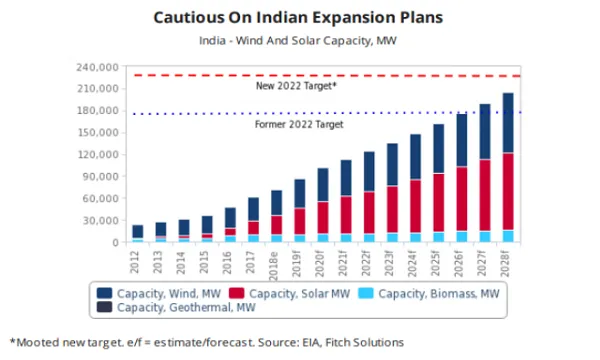
India's wind capacity to fall short of 60GW target by 2022
Land availability hurdles, grid access bottlenecks and concerns over the viability of low tender bids could hamper its ambitious target.
India's wind power sector expansion is expected to underperform relative to government targets leading up to 2022, falling short by 5GW of its 60GW target, according to a report by Fitch Solutions.
The combination of several challenges in the country's wind power sector will reportedly hit near-term growth momentum, including land availability hurdles, grid access bottlenecks and concerns over the viability of low tender bids.
“This informs our view that India only will add on average 4.5GW of wind capacity annually between 2019 and 2022, with the aforementioned risks highlighting further downside risk,” Fitch Solutions noted. The Indian government aims overall renewables capacity to total 175GW by 2022, with recent announcements pointing towards an upwards target revision to 227GW, of which onshore wind would make up 66GW.
Fitch Solutions explained that its cautious outlook relative to government target is informed by the challenges the country is facing in tendering and delivering the necessary capacity to meet ambitious expansion plans.
Also read: India's wind sector slows down no thanks to falling tariffs
According to a year-end review released by India’s Ministry of New and Renewable Energy (MNRE) in December 2018, the country seeks to tender a total 20GW of wind capacity by March 2020, with two-year implementation deadlines, in order to facilitate enough growth to meet the aforementioned expansion targets.
“That said, we believe delays to the implementation of tendered projects and more muted interest in new auctions will present a substantial hurdle to fulfilling these envisioned expansion plans,” Fitch Solutions added.
According to the report, out of the 2,943MW tendered by the Solar Energy Corporation of India (SECI) in Gujarat and Tamil Nadu over 2017, where 42% of total installed wind capacity is located in India as of end-March 2019, only 825MW was commissioned as of March 2019.
Concerns over the viability of low tender bids and land acquisition issues in Gujarat were key contributors to the slow implementation of the projects, which initially were expected to be commissioned within 18 months.
Crucially, many of India's recent record-breaking bids for wind power have been centred in Gujarat, because of the state's many locations with high wind speeds, Fitch Solutions noted, adding that 50% of the 7GW of wind capacity tendered in India over 2018 was located in the province.
“Furthermore, we also note that grid connection issues have been plaguing developers of wind power projects, as the deployment of relevant transmission lines often can take more than a year longer than delivering a wind facility. This represents a big challenge for project developers, given that if no grid connection is available upon deadline for the wind project, the developer could be penalised for non-delivery of power,” Fitch Solutions highlighted.

The report further noted how weakening investor interest and rising bid prices have culminated in several solar and wind power tenders having been cancelled over 2018. In particular, the expectation for developers to launch low bids, despite substantial project implementation challenges, is set to remain a hurdle to India deploying enough renewables projects to meet ambitious expansion plans.
SECI's sixth wind capacity auction, which was held in February 2019, saw a winning tariff of $0.041 (INR2.82)/kWh, compared to the $0.035 (INR2.44)/kWh registered in February 2018. If tariff bids continue to be on an upward trend, the risk that state-run electricity distributors object to projects progressing will increase, Fitch Solutions explained.
“Crucially, distributors have a lack of flexibility in setting cost-reflective retail electricity tariffs for the electricity they sell, and have therefore played a part in cancelling tenders that culminated in tariffs they consider too expensive. Highlighting the propensity of this risk, we stress that an increase in the tariff awarded in SECI's solar tenders from $0.035 (IND2.44)/kWh in 2017 to $0.039 (IND2.71)/kWh in July 2018 culminated in the latter tender being cancelled after distributors objected to rising tariffs,” the firm highlighted.
Amidst elevated risk to the timely implementation of auctions, Fitch Solutions remains cautious on India being able to implement its ambitious capacity expansion plans.
That said, it remains optimistic about long-term growth prospects for the Indian wind power sector due to strong government support for the sector, which may culminate in intensifying efforts to address issues such as access to land acquisition and grid bottlenecks.
Also read: India's renewables push to boost Asia's wind capacity by 12.2%
Notably, the state government of Gujarat is set to take a more active role in supporting land acquisition for renewables projects. Whilst the state previously only supported land acquisition for projects tendered by the state's distribution company Gujarat Urja Vikas Nigam, it was reported in March 2019 that the state will start to support projects tendered by SECI.
“This could help bypass the land access issues facing wind project developers looking to develop facilities in the region,” Fitch Solutions said. “Given that wind power capacity is centred in the states of Tamil Nadu and Gujarat, boosting the transmission and substation capacity within the states and linking up with other Indian states will be key to ensuring that rising intermittent wind supplies is efficiently integrated to the system.”
The Indian government is also expected to increasingly push for inter-state trading in order to help integrate the rapidly rising supply of renewable energy in India, with the aim to link up state-level power markets such as Tamil Nadu, Rajasthan, Karnataka, Andhra Pradesh, Maharashtra, Gujarat, Himachal Pradesh and Madhya Pradesh.
Non-hydro renewable energy is forecasted to increase its share in the Indian power mix from about 9% as of end-2018 to more than 14% by 2028, whilst wind power generation could more than double over this timeframe.
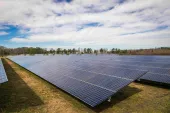



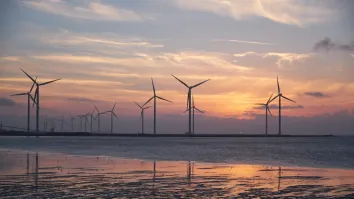





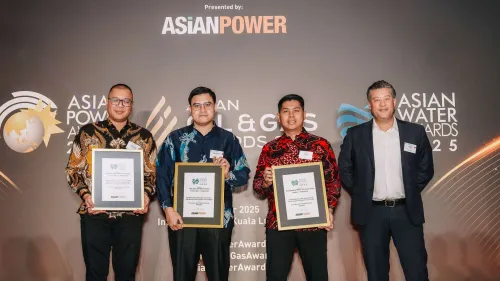

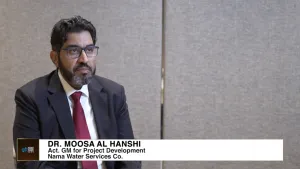






 Advertise
Advertise






